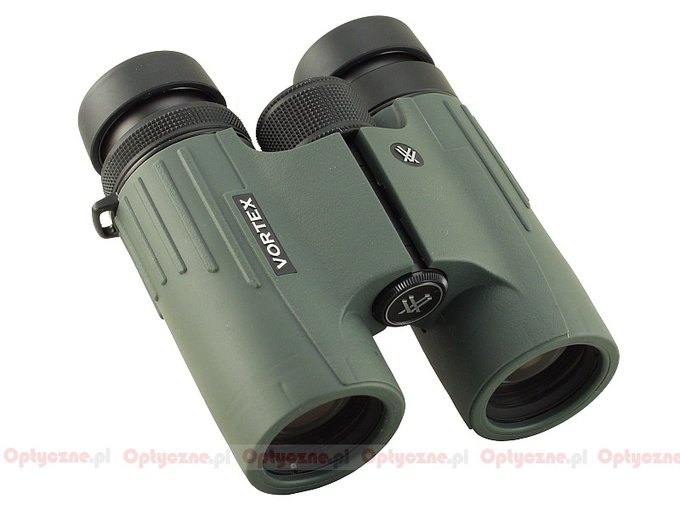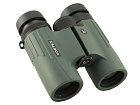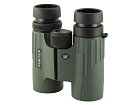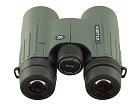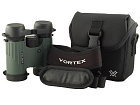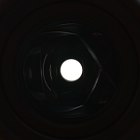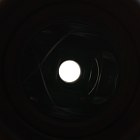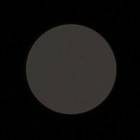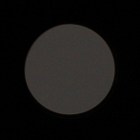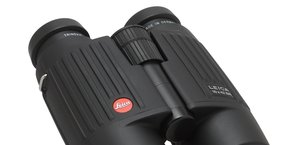Vortex Viper 8x32
The information Vortex provides about its instruments is truly impressive. The Viper series boasts a low-dispersion XD glass in objectives, special XR multi-coatings on all air-to-glass surfaces, BaK-4 glass in the Schmidt-Pechan prisms, additionally phase correction coated. The mechanical parts are made of equally good materials. A very solid and stylish casing is fully watertight, dust-proof and nitrogen-filled. Eyecups are reinforced with metal. The whole instrument is physically light and comes with a lifetime warranty.
| Magnification | Lens diameter | Angular field of view | Prisms | Eye relief | Weight | Price |
|---|---|---|---|---|---|---|
| 8 | 32 | 133/1000(7.6o) | BaK-4/roof | 16 mm | 550 g | 1850 PLN |
Summary
Pros:
- neat, handy casing,
- chromatic aberration decently corrected,
- slight astigmatism,
- very low distortion,
- well-corrected coma,
- slight brightness loss at the edge of the field,
- sharp image already from 0.9 meter,
- good quality of prisms and coatings,
- lifetime warranty.
Cons:
- sharpness at the edge of the field of vision should have been better
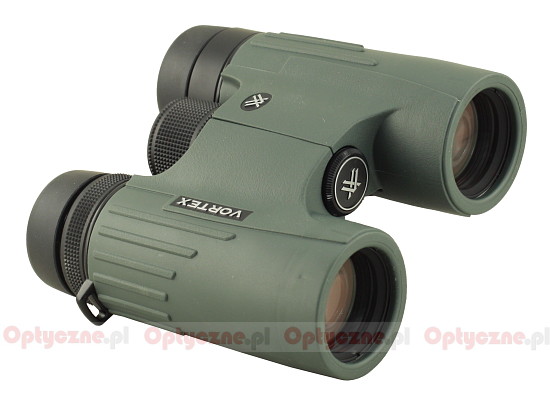 |
After a very successful performance of the Vortex Viper in our 10x42 binoculars’ test we were curious indeed how his smaller brother would fare. Although we deal with the same binoculars’ series the results don’t have to be similar at all because 10x42 parameters differ greatly from 8x32. The differences in optics are very significant – we deal with other objective lenses’ sizes and prisms’ sizes and a different construction of eyepieces (taking into account both the number of elements and the apparent field of view). The results in many categories can be very diverse then.
Let’s start the description of the results with the transmission graph, which is presented below.
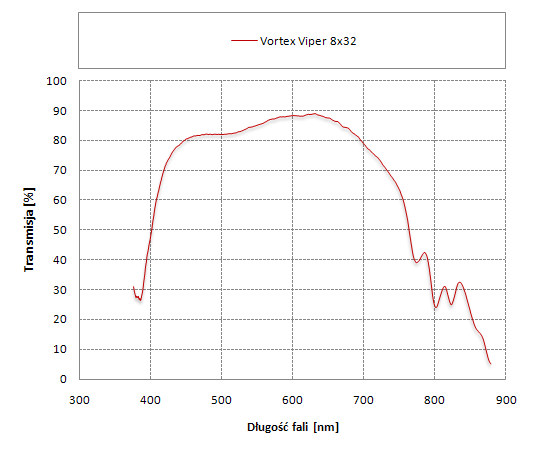 |
In the centre of the visible spectrum the Vortex Viper’s transmission keeps a good level of 85-86%. It is a bit higher in the red part of the spectrum, where it reaches 88%, and a bit lower in the blue, where it decreases to 80-82%. The differences between basic colours are not very big, though, so the whiteness rendition is good. There’s nothing to complain about here but if the amount of gathered light was just by several percent higher, the mark would be much better.
One glance at the pros and cons list is enough to persuade us that the Viper 8x32 is a well-done instrument. It did have a lower note than the 10x42 model but these differences in real life are even smaller than they would seem at first glance. The matter of a tripod exit, for instance, which in the 10x42 test was treated differently than in the 8x32 test, caused the Viper 8x32 lose 1.5 points.
The only slip-up of the Viper 8x32 is an average sharpness at the edge of the field. Although this pair of binoculars doesn’t feature a 7.8-8 degrees field of view, as in the case of plenty of its rivals, the edge of that field is not especially impressive. Fortunately off-axis aberrations like the coma, distortion or lateral chromatic aberration are corrected in the right way. Small dimensions of the binoculars didn’t influence the prisms’ size significantly so the exit pupils are not very truncated and the image at edges of the field - still sensibly light. These are very serious advantages.
If you add a handy and well-designed casing, a possibility of observing objects from less than 1 meter and a lifetime warranty, you get a highly recommendable instrument.
One thing we might regret is the dollar exchange rate, distinctly higher now than at the moment of the 10x42 test. It makes the Viper 8x32 currently more expensive (in PLN) than the 10x42 model used to be. However, Vortex can’t be blamed for that. We must admit, though, that even in dollars the price difference between an 8x32 and a 10x42 model is slight, amounting to just 30 USD; it is really a scanty sum of money, taking into account the fact that each of them costs over 500 USD apiece.




